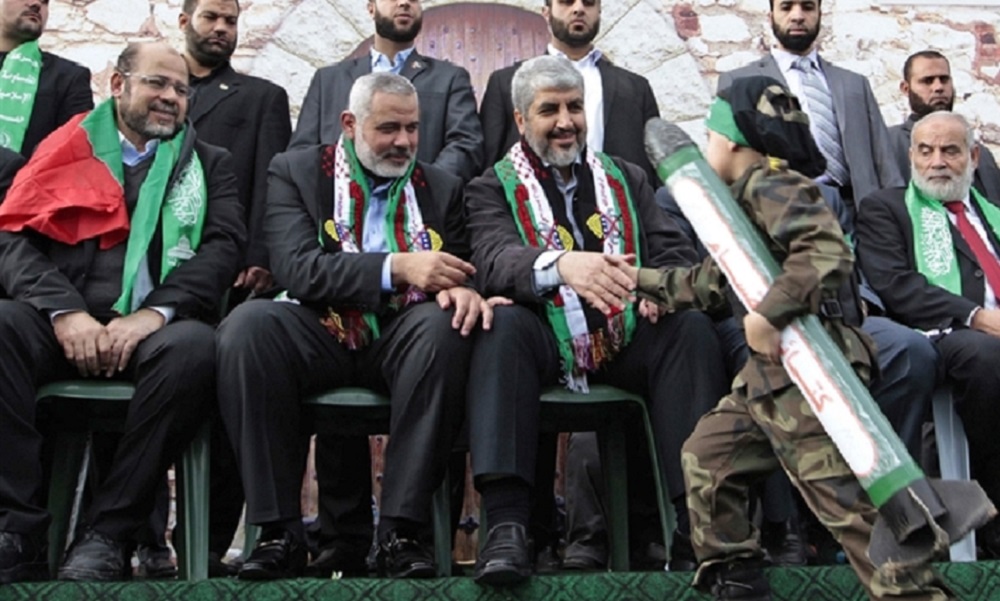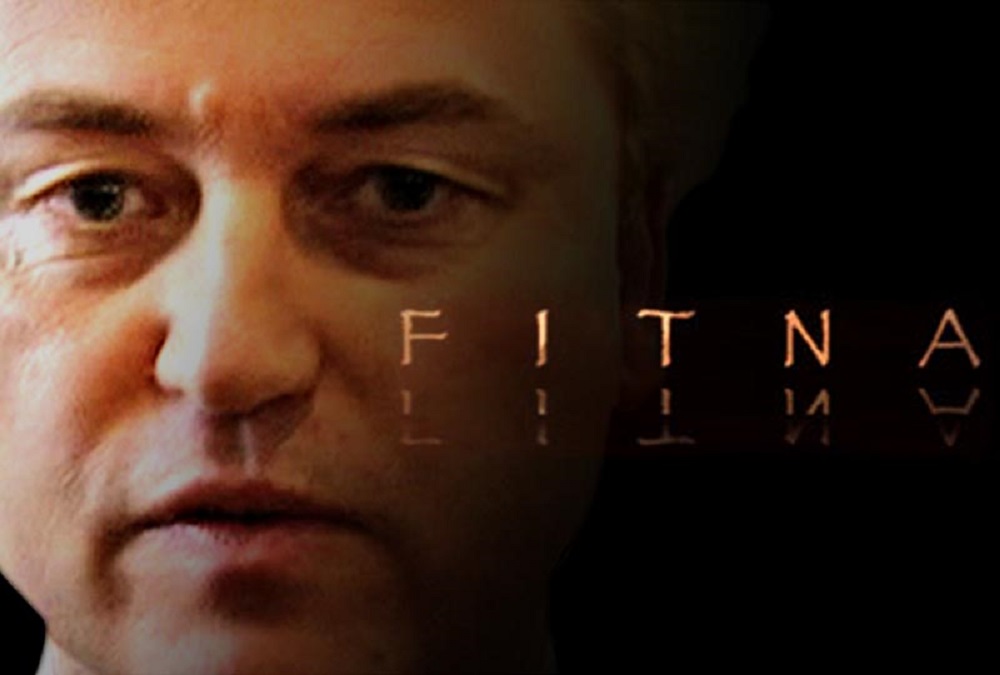Changing the Rules of War
Despite thousands of missiles being fired at Israeli cities, towns and villages, the European Union recently condemned Israel’s “disproportionate use of force” and issued a communiqu? urging Israel to “refrain from all activities that endanger civilians” in Gaza on the grounds that “such activities are contrary to international law.”
Earlier, Human Rights Watch issued a similar statement to the effect that civilians acting as human shields do not pose a direct threat to opposing forces and therefore retain their immunity from attack because they are not directly engaged in hostilities against an adversary.1 By this standard, even a targeted killing or an attempt to arrest a terrorist “endangers” civilians. Translated into lay terms, these statements suggest that it is a violation of international humanitarian law (and conceivably a war crime as well) for Israel to attack any of Hamas’s terrorist infrastructures or leaders when those infrastructures and/or leaders are being protected by human shields. If that is so, we have handed our enemies a valuable weapon in their war against us*. That is because no major war has ever been fought without significantly endangering civilians or even without killing civilians.
What is at stake here are the very rules of war that underpin our entire international order – the most important rule of which is the distinction between combatants and non-combatants.2 If the EU interpretation of the Geneva Convention is correct (and I suggest it is not), our enemies have been given an enormous tactical advantage that rewards them for reprehensible behavior. While Israel and the US endanger themselves to protect civilians in time of war and mourn their deaths when they become victims, our enemies place civilians in harms’ way to protect themselves. Terrorists are fanatics, but they are not fools. If the tactic of using human shields assists them in achieving their military objectives (by forcing us to refrain from attacking them) and their actions are not condemned, they will utilize them. Lacking our respect for human life and often celebrating their deaths (as the Salafists are prone to do), they perceive our sense of morality and humanity as a tactical advantage.
If the military assets of our enemies are deemed invulnerable because they are protected by human shields, we are presented with a Hobbsian choice. By failing to respond to a terror attack or by failing to destroy a significant terrorist asset (human or otherwise), we endanger our own war objectives and, in the end, our own citizenry. Yet, by responding, we run the risk of killing civilians, reaping world condemnation, and inviting diplomatic pressure to end military operations before having achieved our military objectives (as happened in the Second Lebanon War).
Our enemies understand this. That’s why, in many regions of the world, militias continue to use human shields as a viable military tactic. They wage war using high-density residential areas as launching pads for missiles and heavy-caliber weapons, build their headquarters in densely populated areas, embed their terrorists in towns and villages, deliberately place missiles in private homes and apartment buildings, use children to retrieve used missile launchers knowing they will be not be targeted by retaliatory strikes (or that their deaths will be condemned by the Western media), construct additions to existing civilian structures to house their missile launchers and place military equipment in their schools, playgrounds, hospitals and even mosques.
Bosnian Serbs used human shields against Muslim and Croat forces to immunize themselves from indirect and direct fire. Cambodian government forces used ethnic Vietnamese civilians as human shields as they advanced on Vietnamese positions. Throughout the civil war in Sierra Leone during the 1990s, members of the Revolutionary United Front routinely abducted children and used them as human shields against government forces. Chechen rebels used ethnic Russian civilians as human shields during the brutal war in Chechnya. In 1993, the United States attempted to apprehend warlord Mohamed Farrah Aidid in Somalia in order to restore order to the country. Somali gunmen (interspersed among the crowd) engaged US forces by stepping out of large crowds of civilians, firing, then retreating into the crowd using their own people as human shields.3 They also used hospitals and other civilian buildings as places from which to direct fire at US forces. During the Second Lebanon War in the summer of 2006, Hezbollah prevented civilians from leaving their villages anticipating Israeli military strikes; used their mosques to stockpile weapons and used civilian residences as their bases of operations arguing all the while that the use of human shields is a legitimate tactical strategy under Islam – Geneva Conventions be damned. And in February 2008, Hamas in Gaza used children as human shields to prevent Israeli air strikes against the homes of its jihadist leaders, and used civilian residential dwellings to hide the openings of tunnels used to smuggle arms, missile launchers and weapons into Gaza.
If the EU interpretation of the Geneva Convention is correct, then those who use human shields to mitigate US or Israeli military action are given a great tactical advantage. In point of fact, these Conventions were designed for warfare in an earlier era – at a time when soldiers fought soldiers and tanks fought tanks; when there were clear distinctions between combatants and non-combatants; when civilians wore civilian clothing and the military wore uniforms, and when organized military forces operated largely outside heavily populated areas.
The rules of war have now changed, but our laws do not appear to have followed suit. Rather than protect non-combatants, terrorists incorporate them into their tactical war strategy and, in the case of Salafism, these “civilians” willingly sacrifice their lives in the name of “martyrdom”. They use ambulances, humanitarian relief shipments, pregnant women and even children as weapons of war. In the result, post-World War II democracies find themselves handicapped in battling post-modern enemies whose regard for human life is vastly different from our own. The Conventions have thus worked against modern democracies and now favor the strategy of terrorists for whom no distinction exists between combatants and non-combatants.
As Alan Dershowitz wrote several years ago:
“The Geneva Conventions have become a sword used by terrorists to kill civilians, rather than a shield to protect civilians from terrorists…Terrorists who do not care about the laws of warfare, target innocent non-combatants. Indeed, their goal is to maximize the number of deaths and injuries among vulnerable civilians (for propaganda purposes). The terrorist leaders – who do not wear military uniforms – deliberately hide among non-combatants. They have also used ambulances, women pretending to be sick or pregnant, and even children as carriers of lethal explosives.”4
Democracies must recognize that death or injury to “civilian” human shields who voluntarily take up positions at the site of legitimate military objectives, should not constitute “civilian collateral damage” since they have assumed the risk of combat and have compromised their non-combatant immunity. Moreover, democracies should be legally empowered to attack terrorists who hide among civilians, so long as proportional force is employed (although the term “proportional force” is itself ambiguous). The fault for their deaths should lie with those who have chosen to use them as human shields and the law should reflect this (if it does not do so already).
Unfortunately, well-meaning human rights organizations, NGOs and especially the media constantly play into the hands of terrorists. If we want to live in a world where civilians are never used as human shields, then there must be unequivocal international condemnation of those who use them as a deliberate military tactic. Until our laws (and attitudes) change on this subject, our enemies will continue to use such tactics as they clearly see enormous military dividends in doing so. Failing to recognize this new reality will only serve to endanger civilians everywhere and place any future war effort we undertake in peril.
*That may not be entirely correct. Article 28 of the Fourth Geneva Convention provides that…..”The presence of a protected person (i.e.: a civilian) may not be used to render certain …… areas immune from military operations.” To this was added Article 51 of the 1977 amendment to the 1949 Geneva Convention that elaborated on the latter by adding: “The presence ….. of the civilian population or individual civilians shall not be used to render certain ….. areas immune from military operations, in particular in attempts to shield military objects from attacks or to shield, favor or impede military operations.” Nevertheless, international human rights organizations, for purely humanitarian reasons, choose to overlook this provision.
ENDNOTES
- Human Rights Watch, Backgrounder, “International Humanitarian Law Issues in a Potential War in Iraq,” on-line at <www.hrw.org/backgrounder/arms/iraq0202003.htm>, accessed 20 February 2003.
- Moshe Yaalon, The Rules of War, Washington Post, August 3, 2006, A27.
- Daniel P. Schoenekase, “Targeting decisions regarding human shields”, Military Review, Sept-Oct, 2004.
- Alan Dershowitz, “The Present International rules of war enable and protect terror,” Baltimore Sun, May 28, 2004.


